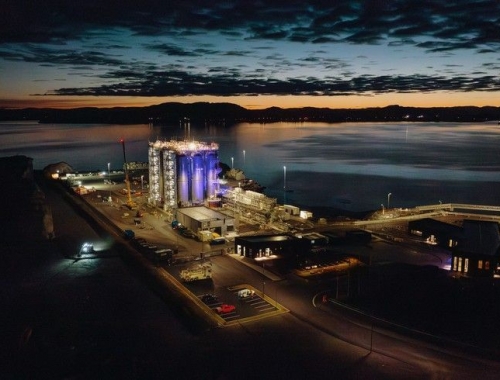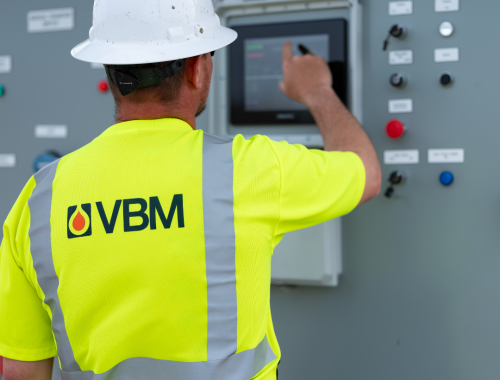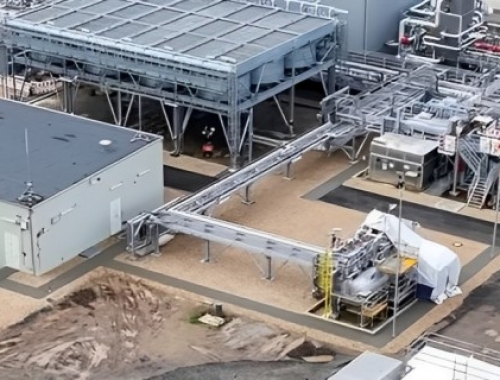Norsk Hydro’s net-zero plans focus on CCS, fuel switching
SUMMARY
The Norwegian aluminium refinery says it is examining everything from carbon sequestration to fuel switching to realise its goals.
By Daniel GraeberPOSTED IN:
Norwegian renewable energy company and aluminium refiner Norsk Hydro says its road to a net-zero future will include a combination of carbon capture and storage (CCS) options and adoption of new, lower carbon fuels.
Norsk Hydro aims to cut carbon emissions by 30% by 2030 and achieve net-zero for Scope 1 and Scope 2 emissions by 2050, if not sooner.
To do so, the company says it is developing carbon capture and storage (CCS) technologies that can be retrofitted onto aluminium plants already in operation.
Halvor Molland, a spokesman for the company, says the CCS technology it is exploring is intended to capture the emissions from its existing smelters.
“This would be one of three pathways we’re considering for decarbonising the primary aluminium production,” he tells Gas Pathways. “The other two are a new, carbon-free aluminium process called HalZero and recycling of post-consumer aluminium.”
The company says it is looking at more than 50 different CCS technologies. Industrial-scale pilot projects are expected to be in service before 2030 and Norsk Hydro says it envisions a combination of off-gas capture and direct air capture (DAC) to realise its ambitions.
“As the CCS for aluminium production is expected to have an efficiency where some percent CO2 remains, DAC is the part that we expect will lead to net zero,” Molland says.
Carbon sequestration in the aluminium sector is still in its early stages, though the research and development team at Norsk Hydro continues to explore and develop the most promising ones.
Switzerland-based Climeworks in September started operations at a DAC facility in Iceland that is powered by the country’s vast geothermal resources. With the capacity to sequester as much as 4,000 metric tons of CO2 per year, the company said the Iceland facility is the largest in the world.
Climeworks estimates its small-scale commercial DAC plants run at a cost of $650-$850/mt of CO2, but the company said it has already taken steps to bring that lower. By 2030, it estimates the cost will be below $250/mt, with a long-term goal to bring that to less than $150/mt.
A DAC startup in the United States, Sustaera, is working to develop a project that could capture CO2 for less than $100/ton once the technology is developed to scale.
“Primary production flue-gases have properties that require developing specific carbon capture technology to handle these gases, different from other industries,” Norse Hydro’s Molland says. “We are looking at the carbon capturing part, relying on other developing infrastructure to store.”
Apart from controlling what comes out of its aluminium processing facilities, Norsk Hydro says it is looking to change what goes into them. The company recently signed a deal with US-based New Fortress Energy (NFE) to secure gas from the latter’s LNG regasification terminal in Brazil to fuel its Alunorte aluminum refinery there.
Under the terms of the agreement, NFE will supply the equivalent of 1mn gallons of LNG/day to the refinery. The company says shifting from oil to natural gas could reduce the refinery’s annual CO2 emissions by as much as 700,000 metric tons/year.
“We expect this to be completed during 2023,” Molland says. “This change is part of Hydro’s strategy to reduce our emissions by 30% by 2030, compared with 2018.”








